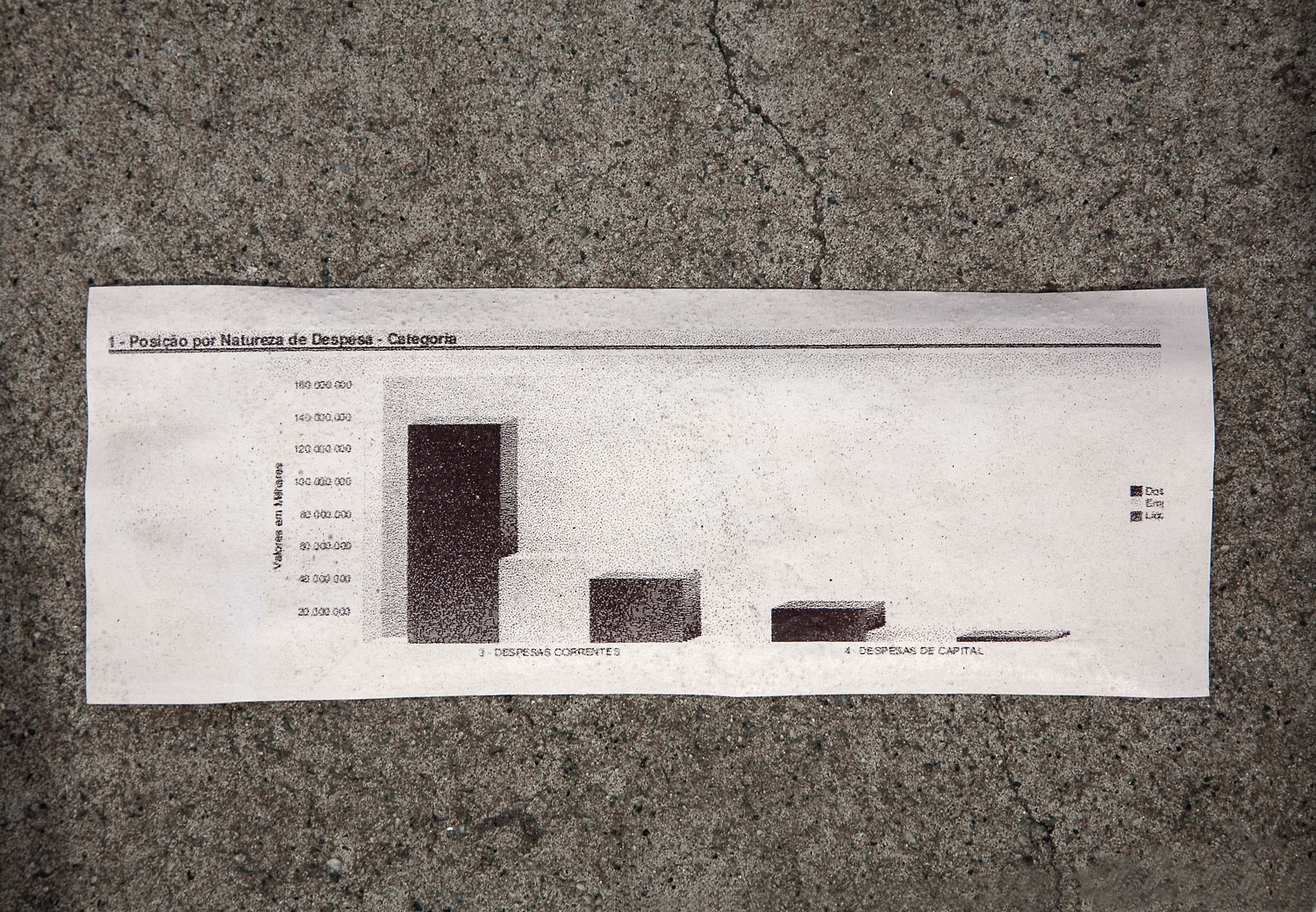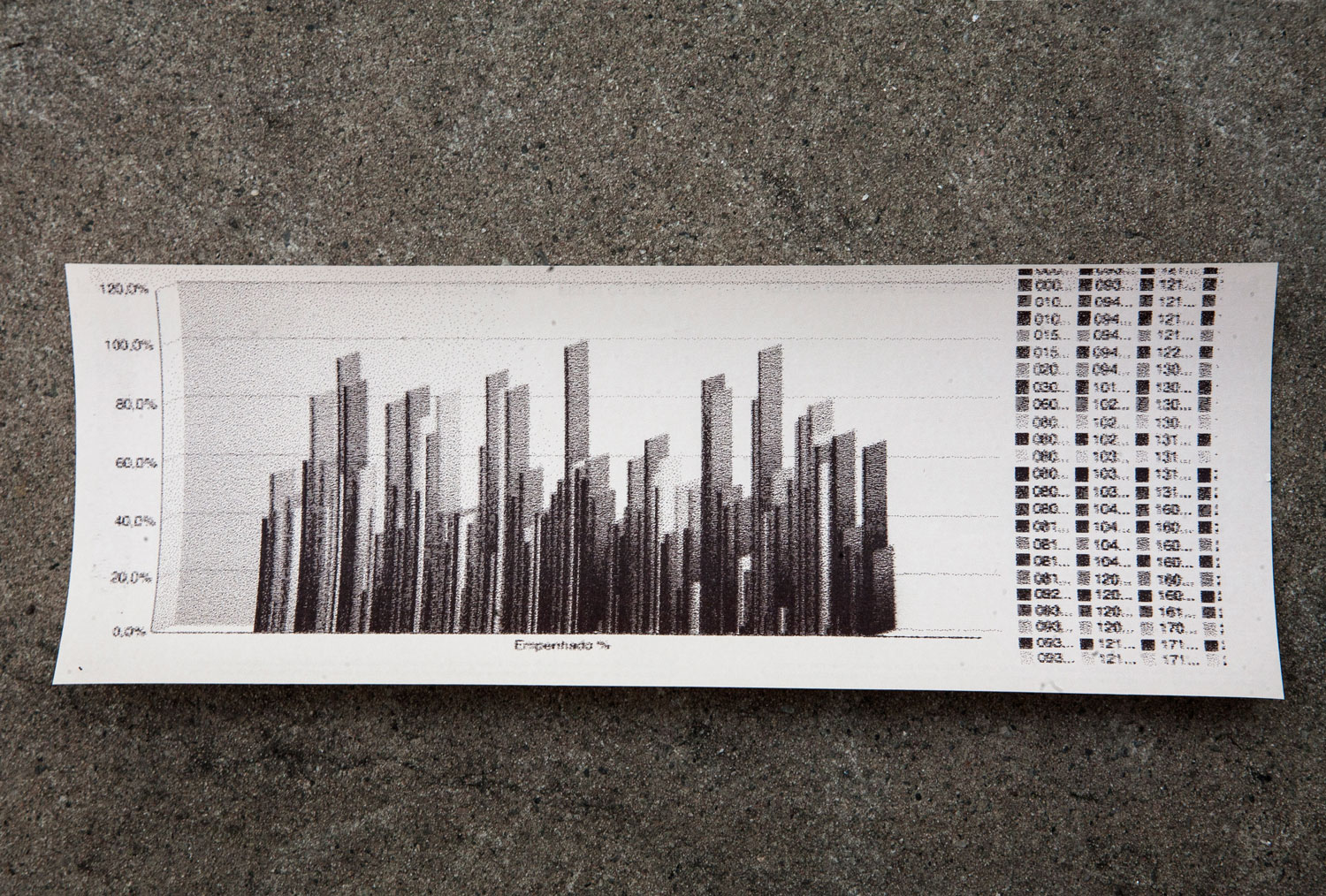Urban Data
closeThe responsibility and agency for the construction and planning of urban space, which is normally attributed to architecture and urbanism, is highly influence by a number of decisions and dynamics that lie outside of their fields of action. The physical form of the city is the last instance of a succession of immaterial processes. These not only depend on the establishment of conceptual design guidelines and on a response to the abundant regulatory system (zoning laws, building codes, etc.), but also involve decisions, agreements and negotiations that take place behind the abstraction of capital and through the breaches of the administrative and legislative sphere. The increasing intangibility of urban development aligns with the purpose for which it is often used for – as a tool for the construction of a spatial structure of power, which is essential to the logic of reproduction of capital and governance. Such mechanisms regard cities as corporations that compete in the global market for the attraction of investments, in a continuous quest for profit and power.
José Carlos Martinat, Stereo Reality Environment/ Open Data/ SP, 2015, Galeria Leme, São Paulo, Brazil

Within this arithmetical landscape the most important currency is information. The ability to handle the discrepancy between narrative and reality is an indispensable skill to implement policies that allow for the construction of a city that meets such expectations. The balance between what is disclosed and omitted, as well as the interplay between the concreteness of reality and its representation, enables undeclared forms of governance that are legitimized through the abstraction of graphs, tables and measurable results of profits and expenses. The access to information and the call for public involvement in the process of making urban policies, often described as ‘democratic and decentralized, integrated and efficient’,1 is connected to the hermeticism of the information that is publicly available. This information often conveys a hegemonic representation of the city which is dissociated from its tangible reality. Such a way of expressing the ‘urban’ and of producing ‘urbanity’ becomes a simulacrum for a pseudo-community where what truly happens is the submission of the social body to the logics of economy. Endorsing the supremacy of abstract space in opposition to social space and instituting commodified social relations that lead to a strategic socio-spatial segregation. Throughout this process, the actual city and citizens are nothing but distant and abstract references.
José Carlos Martinat, Stereo Reality Environment/ Open Data/ SP, 2015, Galeria Leme, São Paulo, Brazil

Space cannot be taken only as a support, receptacle or passive reflection of the social conditions. The form of the built environment is a productive force that subliminally affects those who experience it. It can also be shaped in order to provide modes of resistance that can fly under the radar of existing authorities. Can space be a covert carrier of information? A type of information that is not meant to clarify or provide solutions, but rather interfere, resist and disrupt the hegemonic codes of representation. By engaging us physically and intellectually can space urge processes that erode such ‘abstract city’, erected by economic-political interests, and undo the objectivity of the social relations established by it?
José Carlos Martinat, Stereo Reality Environment/ Open Data/ SP, 2015, Galeria Leme, São Paulo, Brazil. Photos by Filipe Berndt

Curatorial text for SITU #1, Stereo Reality Environment/ Open Data/ SP by José Carlos Martinat, Galeria Leme, São Paulo.
-
Terms used in the page of the Brazilian Ministry of Cities under the Law of Access to Information - http://www.cidades.gov.br